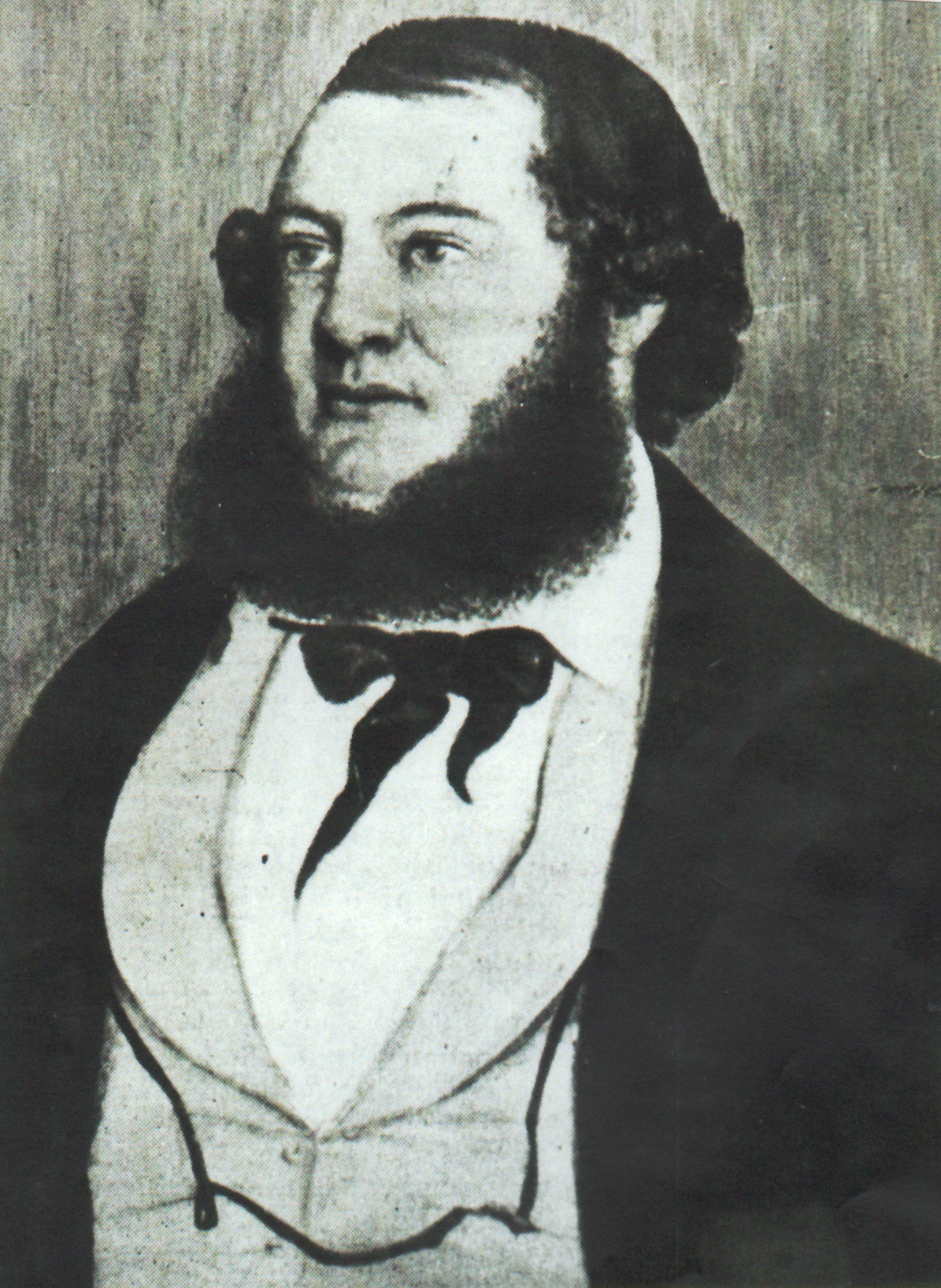History of Campbelltown

The name "Campbelltown" was decided upon at a meeting of local residents held at the Glynde Inn on 9 December 1867, called "Committee to Protect the Interests of the District" where two names were put forward. "Athelstone" derived from "Athelhampstone" in England and "Campbelltown" from Charles James Fox Campbell who was born on 9 January 1807 at Kingsburgh on the Isle of Skye. Charles was born into a prominent family, the Campbells of Melford, Argyllshire, and his descent was from the Campbells of Lochend. His parents were John and Annabelle Campbell and the family could trace their lineage back to Sir Duncan Campbell, Baronet of Glenorchy, who died in 1631.
In 1821 the Campbell family, including Charles, migrated to Sydney from the Isle of Skye and were given a large grant of land near Parramatta, which they used for raising stock and breeding horses for the Indian Army. At the age of 16, Charles Campbell was orphaned, but he finished his education and devoted himself to pastoral pursuits. In 1838 he came to South Australia with the first overland cattle expedition led by Joseph Hawdon. A developing Adelaide was just over two years old with a population of 3000.
Lochend
A grazier, in 1842 Campbell bought Sections 309 and 310 on the River Torrens and had built "Lochend". His 'town house' was built of river stone and included a stucco porch, hall and living room with a finely moulded ceiling. The roof was of wooden shingles and Campbell later added three bedrooms and a cellar. Lochend had four acres of garden and 156 acres in the estate. In 1849 he subdivided his land under the name Campbelltown into some 40 gardening blocks but still retained 140 acres of land. Campbell also had extensive pastoral interests north of Burra.
Campbell was a close friend and financier of Captain Charles Sturt, and following Sturt's arduous exploration of Australia's interior from 1844-1846, Campbell and a friend conveyed Sturt home in a carriage. Campbell's Creek was named by Sturt as a tribute to Campbell in 1846.
Charles James Fox Campbell became very well-known in the early years of settlement in South Australia. He married Martha Levi, sister of pastoralist Philip Levi in 1850. Their first child, Philip, was born at Lochend in 1851 and two other children, Edmund and William, were born in 1855 and 1857. Campbell was very involved in his community, was a Justice of the Peace, and once stood for the East Torrens Electorate of the Legislative Council in 1851. He was a member of the Adelaide Hunt Club whose hunts were run across the Campbelltown countryside with guests being entertained at his homestead Lochend. Campbell also had a large sheep run at the north west bend of the River Murray. A great orator and sporting gentleman, he was well liked.
In January 1858, Campbell sold Lochend to James Scott from New South Wales for 2,600 pounds and moved to a new homestead on the North West Bend Station, near Morgan on the River Murray. On 5 March 1859, Campbell died at the North West Bend Station of blood poisoning from a cut hand which turned septic.
As a measure of the aristocratic Campbell's influence on the Campbelltown area, and the respect he had acquired during his residence of over 16 years, in 1868, the residents of Campbelltown and adjoining villages such as Athelstone, called a public meeting to send a petition to Governor Daly asking that the new District Council area be named Campbelltown, after Charles James Fox Campbell. The members of the Council Committee were unanimous in naming the area "Campbelltown". The first meeting of the District Council of Campbelltown, so named, was held on 2 March 1868.
The District became a Town with a Municipal Office on 1 January 1946 and was proclaimed a City on 6 May 1960 having reached a population of more than 15,000. Today, the population is approximately 51,344 and the area includes the suburbs of Campbelltown, Paradise, Athelstone, Newton, Hectorville, Rostrevor, Tranmere and parts of Magill.
